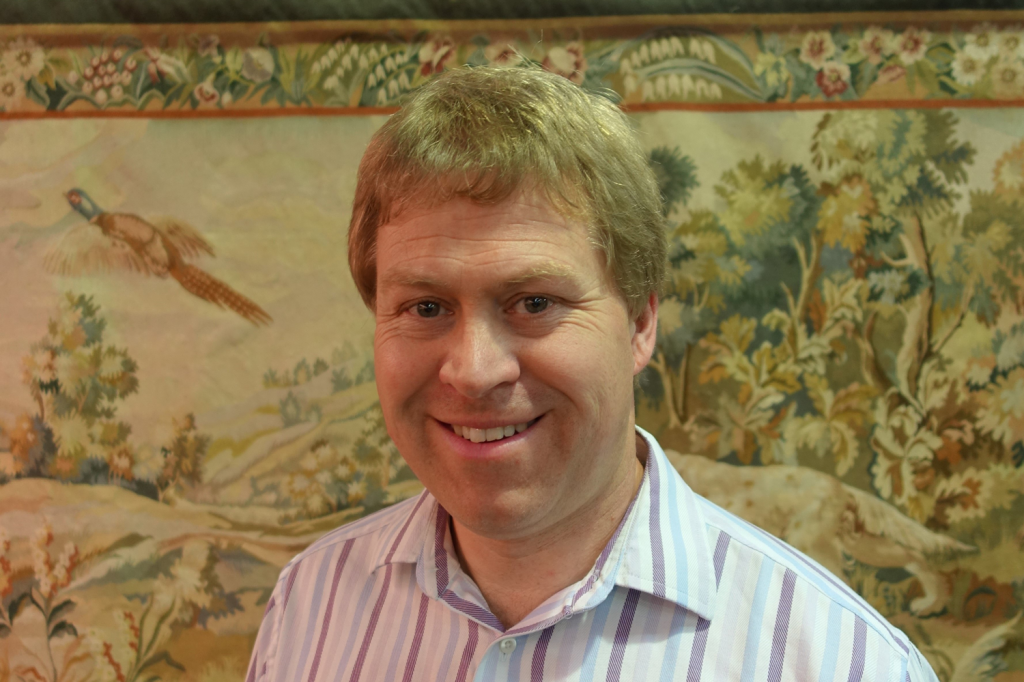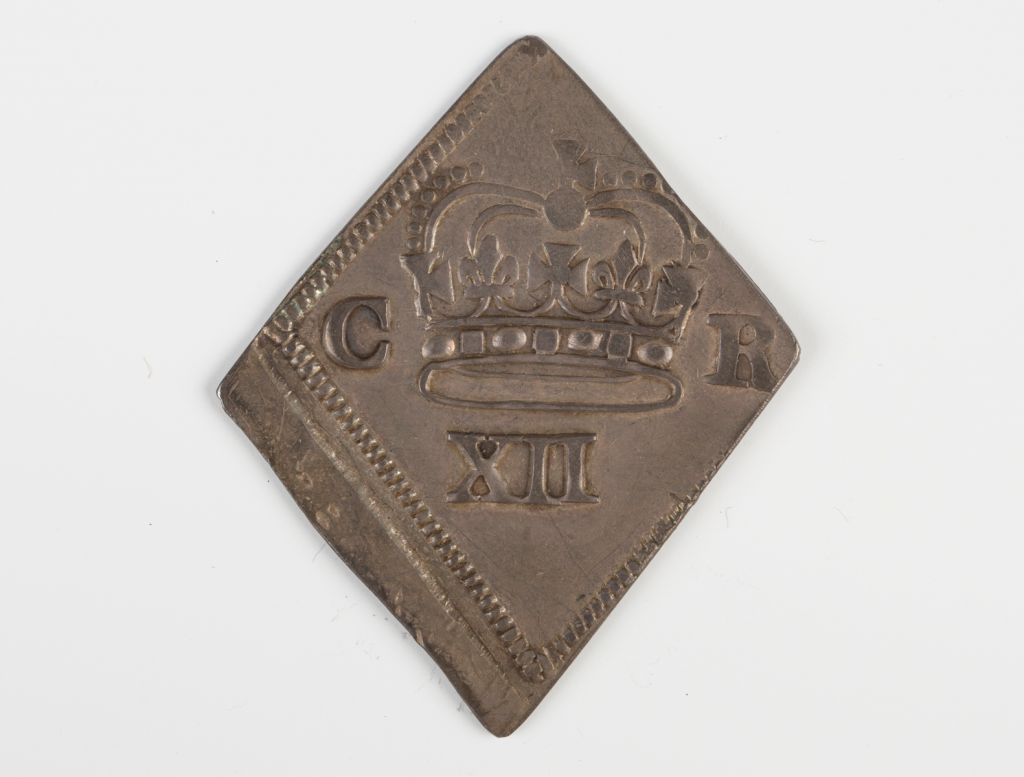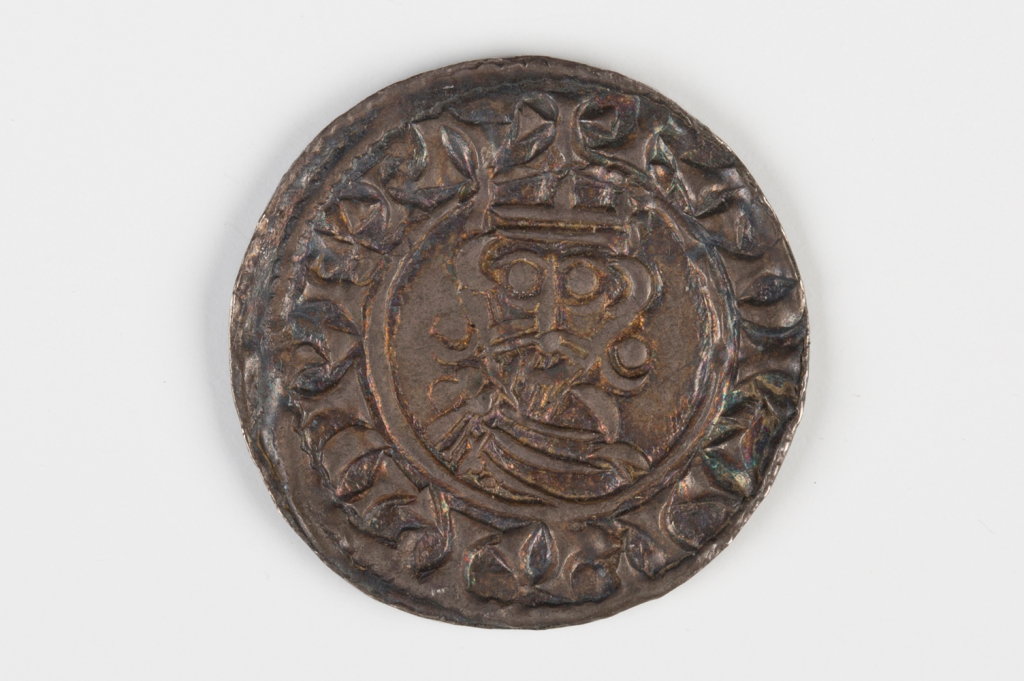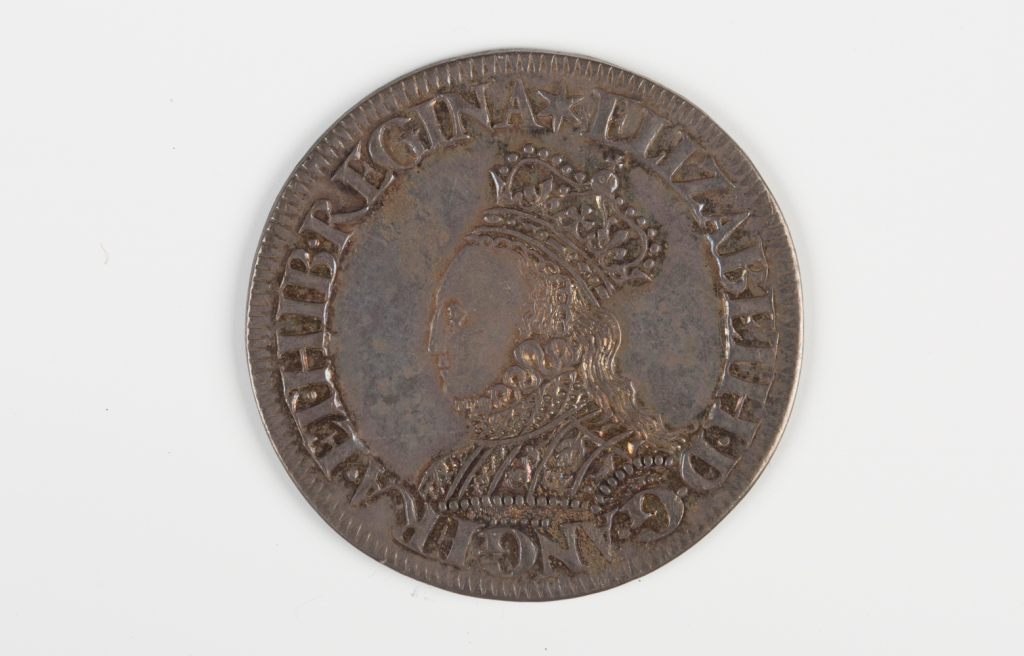
I am in conversation with Toovey’s specialist Mark Stonard as he remarks “You never know when you’ll make your next big discovery in the auction world but it happens more often than you would think.” Mark explains how a couple recently arrived at Toovey’s reception for a free-presale valuation. He says “They were carrying a cardboard box no bigger than a shoe box. They had no idea whether the items in the box were valuable. It was filled with treasures and amongst them was the most remarkable collection of early coins.”

Mark shows me a Charles I Newark besieged shilling from the collection dated 1645 with an old ink-written collector’s ticket. Mark says “Siege money was minted during the Civil War in Newark-on-Trent in the third and longest siege between 1645 and 1646. Much of it was made from cut up Church plate and other valuables to answer the besieged Royalist’s need for money. On some of the coins you can see the original decoration from the objects they were cut from though this coin shows no evidence of this. All the time you’ve got a mint producing coins it’s a symbol of state – so for Charles I and his supporters this coin was a political statement too.”
I ask Mark how much a coin like this is worth and he replies “It’s just been sold in Toovey’s specialist coin auction for £1600.”

I am excited to find an Edward the Confessor (1042-1066) hammered penny from the Steyning Mint which has just realised £400. Mark comments “This coin is amongst the earliest from this collection. Look at the obverse with its facing bust of the king.” There was a mint at Steyning from the end of King Canute’s (1016-1035) reign, which was possibly the successor to the mints of Burpham and Cissbury.

I have always found Elizabeth I an inspiring historical figure. Mark points out an Elizabeth I milled issue shilling that has just sold for £1800. The depiction of Elizabeth I on the obverse is extraordinary.
He explains “Milled coins were minted for the first time in 1561 in the reign of Elizabeth I. They were the first coins to be produced employing a mechanical screw-press powered by a horse. Their production was initially overseen by a Frenchman, Eloye Mestrelle. But coins were still being produced more quickly by hand so the production of milled coins was short-lived.”
I ask Mark which markets are booming at auction and he responds “The specialist collectors’ fields like coins, jewellery and medals without a doubt.”
If you would like to discover if your coins and collectables are forgotten treasure contact Mark Stonard by telephoning 01903 891955.
By Rupert Toovey, a senior director of Toovey’s, the leading fine art auction house in West Sussex, based on the A24 at Washington. Originally published in the West Sussex Gazette.